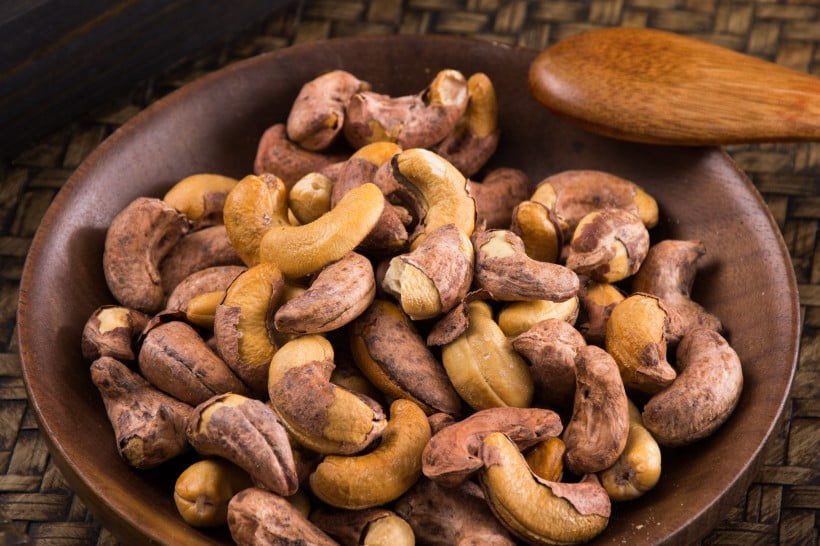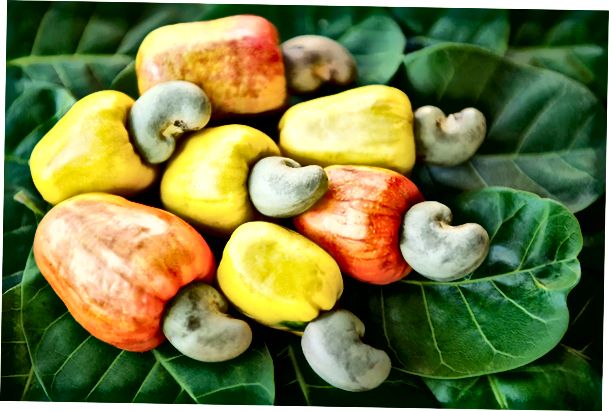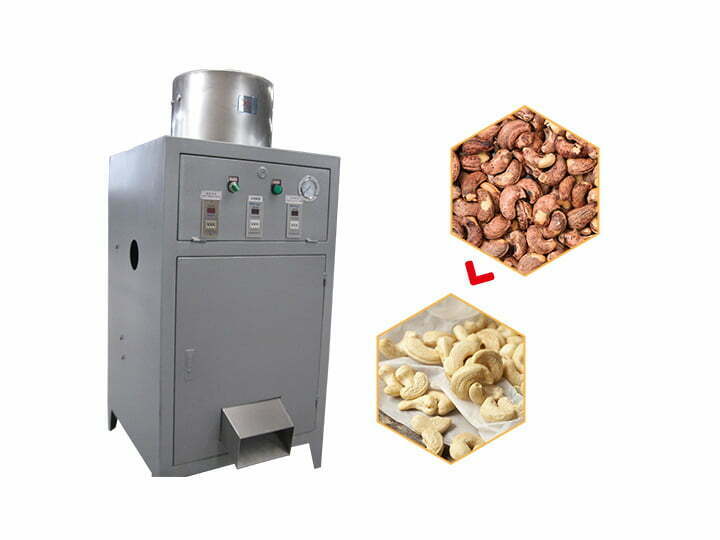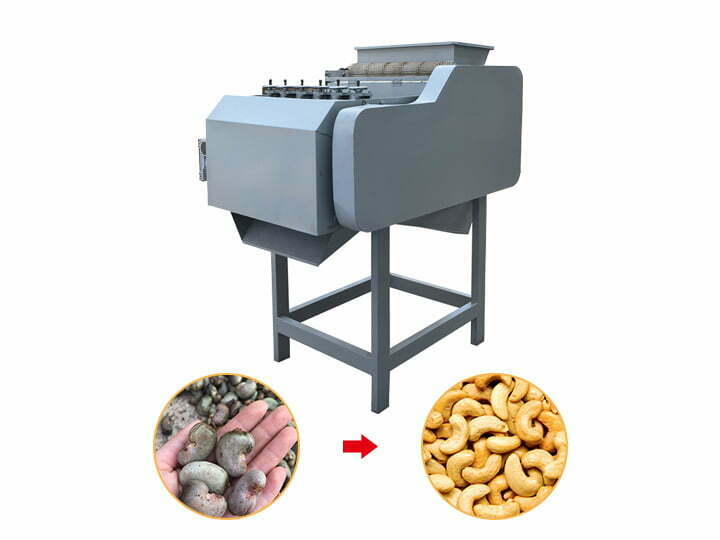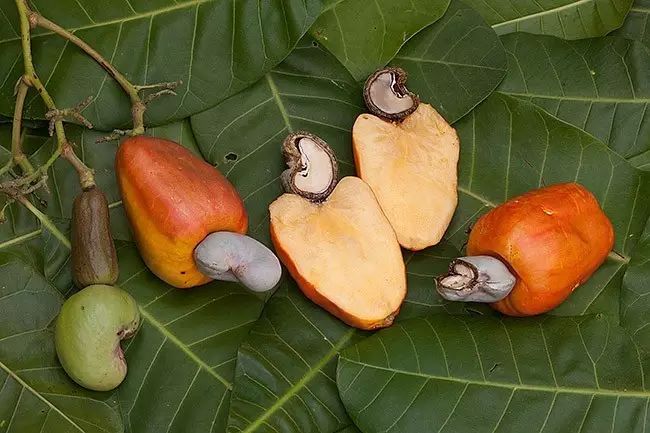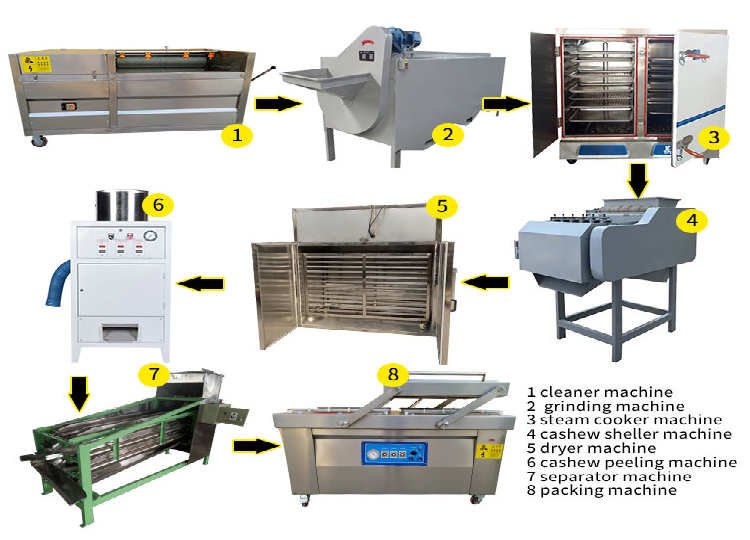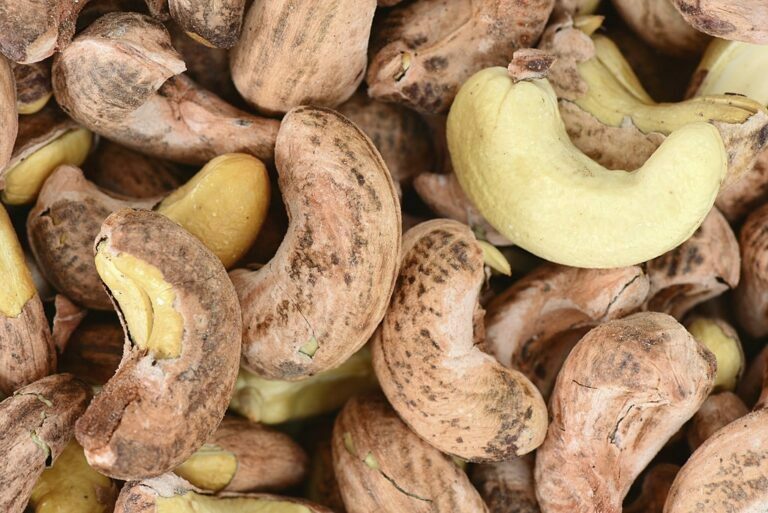A castanha de caju é uma noz extremamente nutritiva e é cultivada principalmente em países como Índia, Brasil, Vietname, Moçambique e Tanzânia. Nos últimos anos, as pessoas estão cada vez mais a favor da castanha de caju, o grau de procura da castanha de caju no mercado também é cada vez maior. Porém, sobre o consumo da casca da castanha de caju, o quanto você sabe?
Cascas de caju
Na verdade, os cajus que crescem nas árvores estão ligados ao topo da fruta falsa. Depois de serem colhidos, primeiro descascam a casca dura exterior do fruto. Podemos usar a máquina de descascar caju para fazer isso.

Além dessa casca dura, há uma fina camada de casca na parte externa da noz, que geralmente é de cor mais escura. Após retirar essa camada, você pode obter cajus amarelos e brancos.
A casca crua da castanha de caju não é comestível
A casca e a casca do caju são tóxicas, os sucos da casca do caju contêm substâncias químicas corrosivas na pele de uma pessoa. Portanto, a concha artificial precisa ser uma proteção para as mãos e, em comparação com a concha, é mais tóxica para o tipo de pele. Antes de consumir a castanha de caju crua, deve-se colocar a castanha de caju de molho em água por 5 horas.
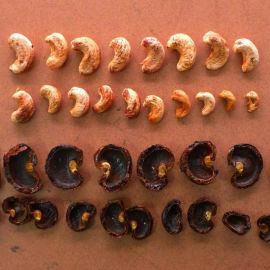
Mas, segundo os especialistas, ao comer castanha de caju crua, é melhor remover a casca da castanha de caju.
Os cajus processados são comestíveis
Alguns cajus assados com sal ou carvão no mercado têm casca. Mas as nozes são processadas sem o tegumento venenoso. E a casca que aparece diante de nós é a casca que os próprios cajus formaram depois de assados com sal e carvão, por isso são comestíveis.

A maioria dos tipos de castanhas de caju está no mercado do processo de descascamento. Para as etapas de processamento, a maioria dos fabricantes de castanha de caju optará por usar a máquina de descascar caju. Após a separação completa da casca e da camada de semente do caju, e sem prejudicar o núcleo do caju, é uma parte essencial da linha de produção de processamento de castanhas de caju.

